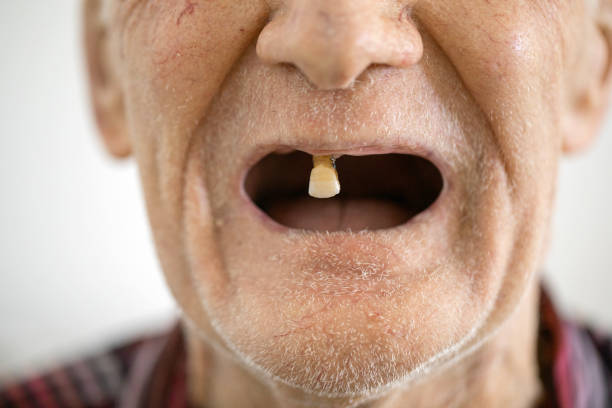
Posted on 08/23/2025 3:43:15 PM PDT by ConservativeMind
A new study highlights the potential of using a natural compound from maple to combat the bacteria responsible for tooth decay: Streptococcus mutans.
The compound, epicatechin gallate, is a powerful and safe alternative to traditional plaque-fighting agents.
The new study emerged as an offshoot of research into natural compounds that inhibit biofilm formation in Listeria monocytogenes, a foodborne pathogen.
They isolated polyphenolic compounds from maple that inhibit Listeria attachment and biofilm formation. They also identified their target: sortase A, an enzyme that anchors adhesins to the bacterial cell wall.
When sortase A is inhibited, these adhesins are not anchored in the bacterial cell wall, impairing the ability of Listeria to attach to surfaces and form biofilms. That discovery led the researchers to investigate whether similar mechanisms exist in related bacteria.
Sortase A in Streptococcus species, which is Listeria's cousin, turned out to be quite similar. One species in particular, Streptococcus mutans, stood out because it causes dental caries, commonly known as cavities.
"Since S. mutans initiates cavities by forming biofilms (plaque) on teeth and producing acid that destroys tooth enamel, we asked: could maple polyphenols also inhibit S. mutans biofilms? That question drove this study," said Mark Gomelsky, Ph.D.
Interestingly, the most potent inhibitor was (-)-epicatechin gallate (ECG), a compound also present in green and black tea, though in much higher amounts in tea than in maple sap. Drinking green tea has long been associated with lower rates of cavities, and its main polyphenol, (-)-epigallocatechin gallate (EGCG), has been used in dental products.
The researchers found that EGCG does inhibit S. mutans biofilms, but it's not nearly as effective as ECG. This raises the intriguing possibility that the moderate effects seen with EGCG-based dental products may be due to using the suboptimal compound, instead of the more potent ECG.
(Excerpt) Read more at medicalxpress.com ...
Sip some of these teas each day and reduce your tooth and gum issues.
Good post. 👍
Bark eaters
Quite interesting, and yup, both compounds are in black and green tea (and there are some other chemical relatives in the mix as well.)
The difference between the two polyphenols is that the EGC has one fewer hydroxyl (OH) in the B (catechol) ring. A small chemical change can mean big differences in physiological effect, n'est ce pas?
Hmmmm.........I am 71, and have had only 1 cavity in the past 50 years. I also drink 1 liter of black tea every morning, with breakfast. Perhaps there is a connection.
Have you EVER seen an older buddhist monk with a complete set of teeth, or teeth that weren’t so ROTTEN you couldn’t bear watching them talk much less laugh?
This sounds like folklore BS to me.
Tooth problems have plagued me since I had baby teeth, lucky to have a tooth left in my fmouth. Spent many many $$$$$$$ on dentistry. (MD bills very low)
A few months ago , I got tired of coffee and switched to green tea. Tastiest brand is Yogi, it’s organic and Safeway sells it here. Of course AMZ too.
Maybe I should sweeten it with maple syrup. Sounds awful, but worth a try. Race to brush teeth right after.
My bad!
Thought it said tooth decay in bacteria...
I wish they had it in a toothpaste.
Ah shoot, now they tell me.

Perhaps they feel like Grape seeds when you bit them?
That is not what the article suggests. In Mao's case his teeth eventually rotted and fell out. (He refused to brush even though his doctor kept asking him to.)
Brush your teeth, chew cloves, drink green tea I suppose.


Do the British drink green tea?
Not normally. It’s virtually always black tea, instead.
Tea without sweetening, that’s a hard row to hoe. Maybe chew on a clove instead.
Disclaimer: Opinions posted on Free Republic are those of the individual posters and do not necessarily represent the opinion of Free Republic or its management. All materials posted herein are protected by copyright law and the exemption for fair use of copyrighted works.